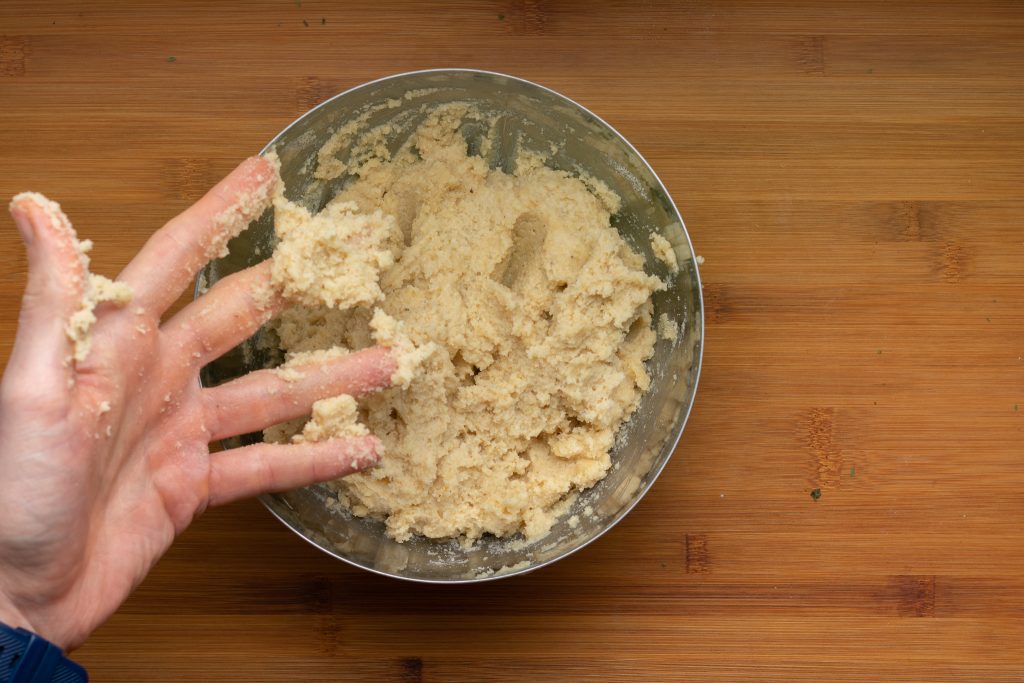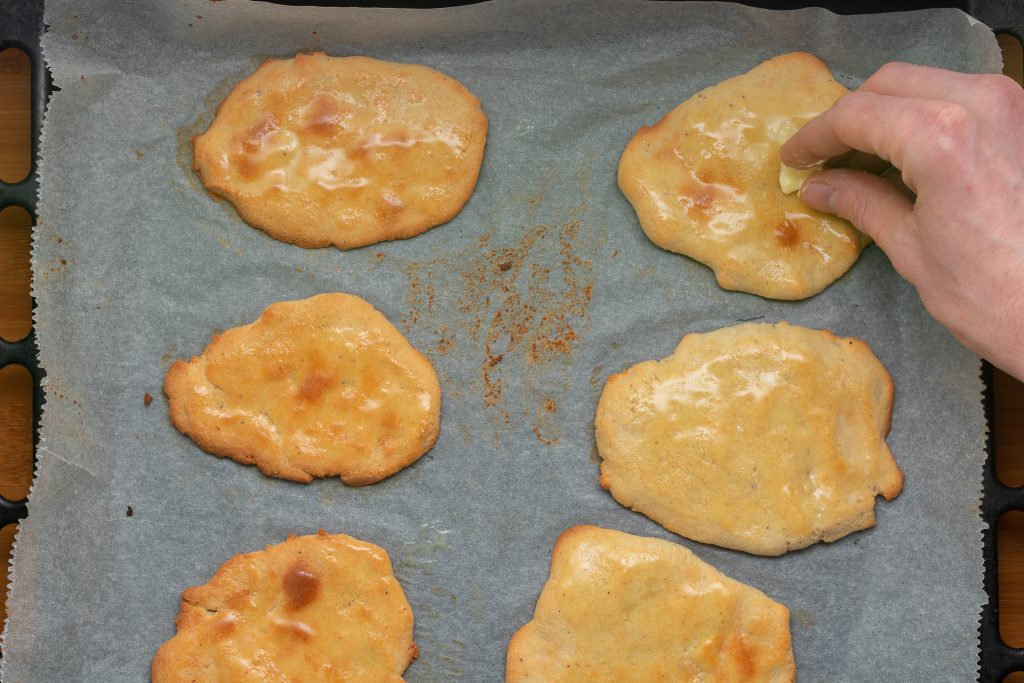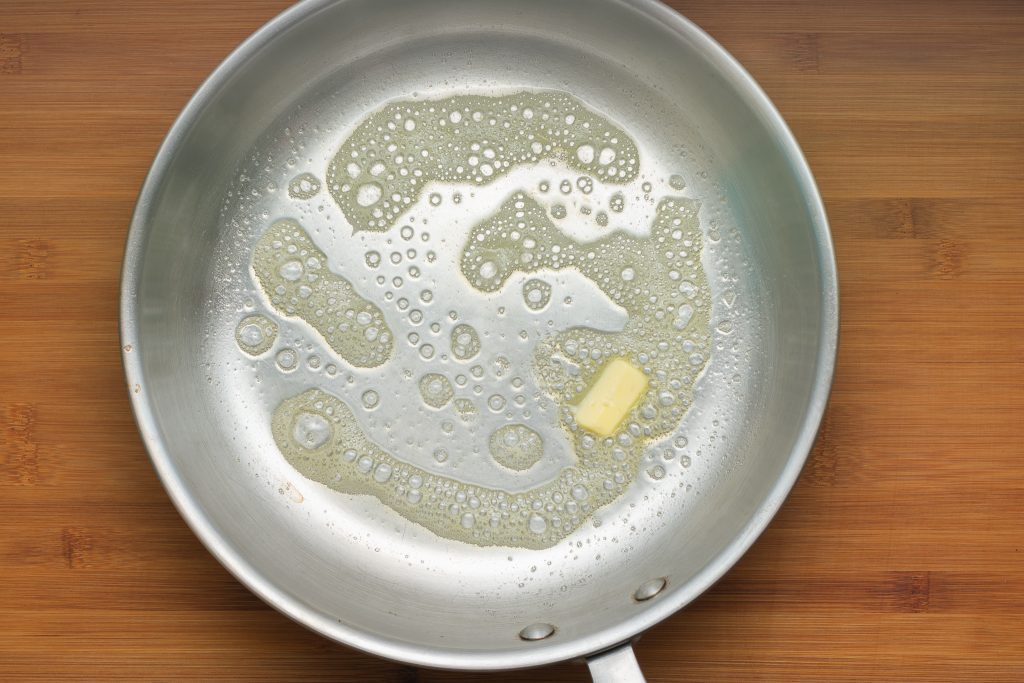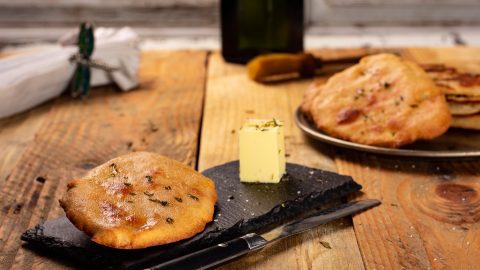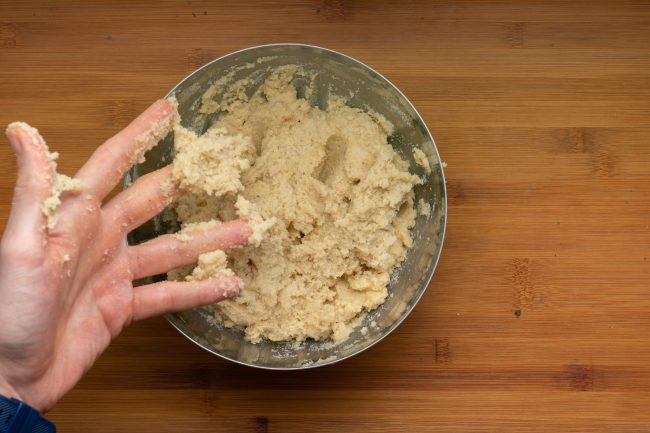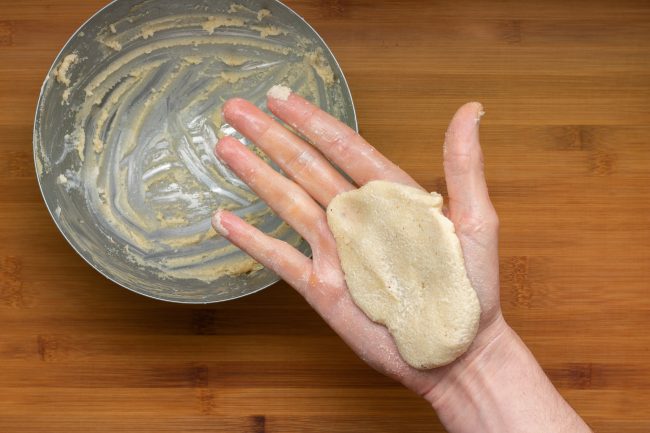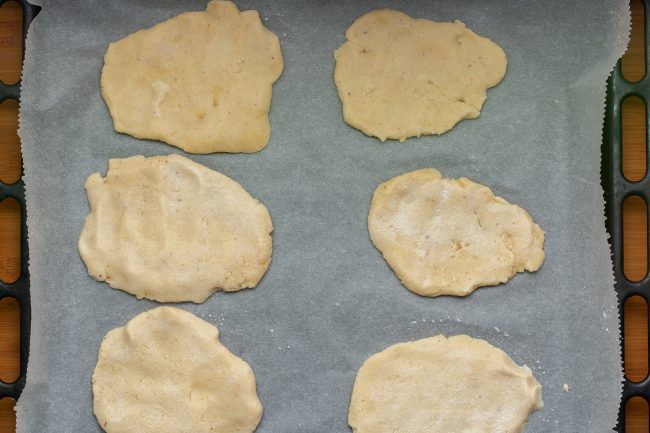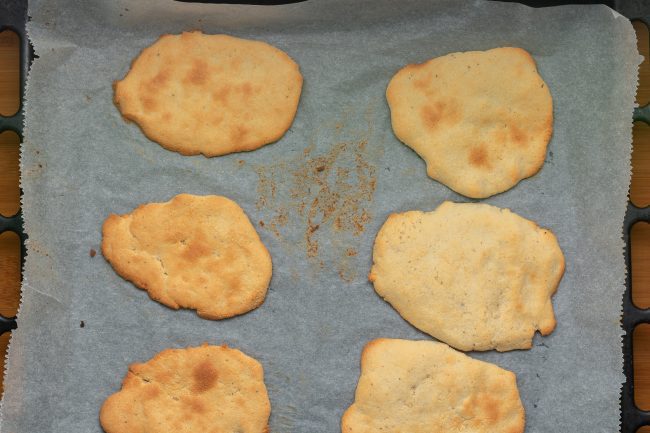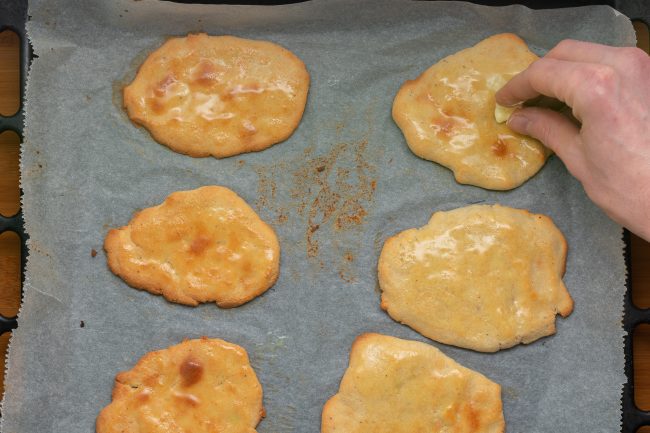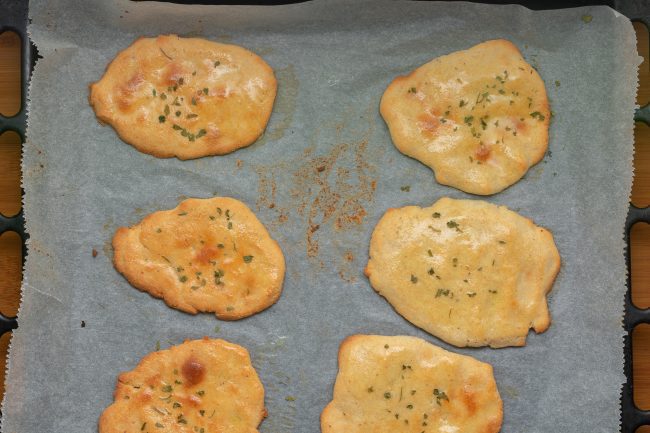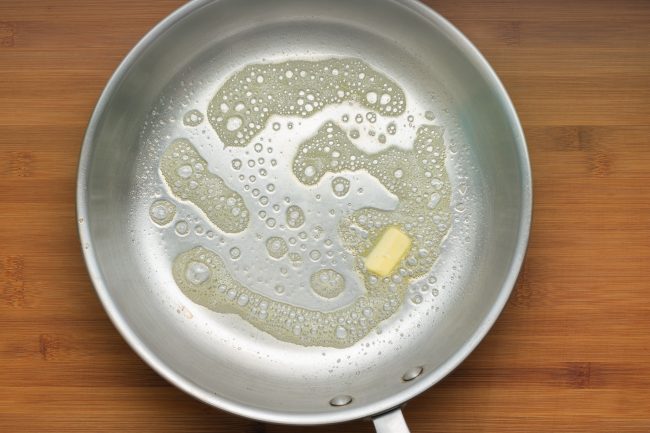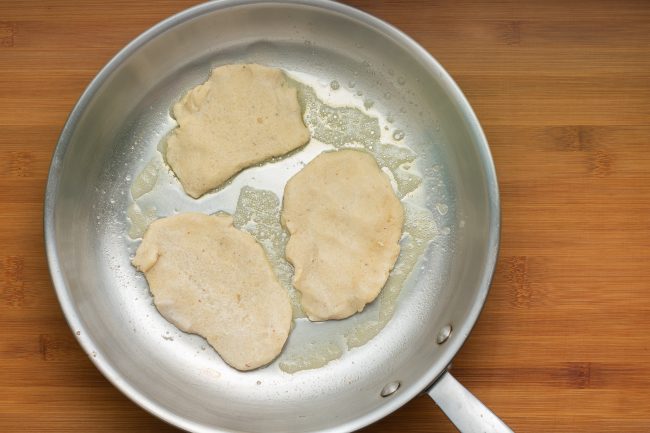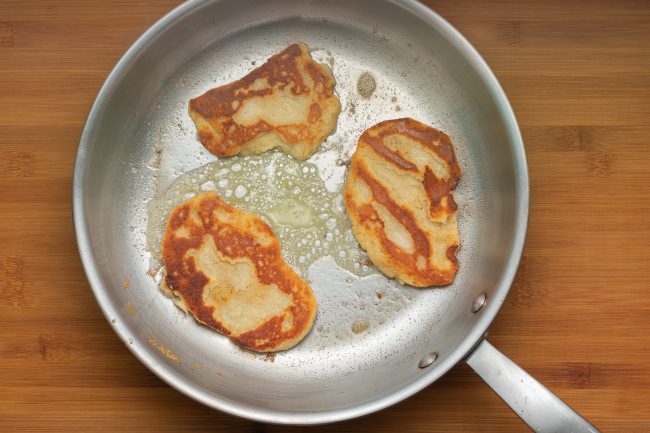Missing something bread like while enjoying keto? Check out these keto naan bread recipes to make life more bearable!

The original naan bread if such thing indeed exist is a very basic wheat and yeast-based flatbread prepared on a region-specific oven called tandoori oven. When baking is done, it is typically brushed with butter, ghee or simply water and that’s about it, ready to be served with food on top or filled inside.
It may seem that our options to make a flatbread is being limited if we are in a low carb diet but in reality we are just going back to our roots. Making a naan bread keto, will require a few more ingredients to be added to our flour than just water and yeast, but it will not be more tedious than the original.
Afterall, if our ancestors with no KitchenAid could manage to dough a flatbread from nuts, husks and who knows what we certainly will be capable of doing it our cozy kitchens.

Ingredients
Bread
- 6 cups / 650g Almond flour
- ½ cup / 125g Yogurt
- 1 medium / 50g Egg
- 1 teaspoon / 5g Salt
Topping
- Butter
- Parsley
- Optional
- Cilantro instead of parsley
- Garlic
How to make Keto naan bread in the oven
- Mix almond flour, yogurt, egg and salt together by hand. If it turns out to be too sticky place the bowl into the fridge for 15 minutes or so.

- Form egg sized balls then flatten them onto naan bread shapes by hand. It may be a good idea keep a glass of water close by and slightly watering our hands before handling the dough. Water will prevent it to stick down too much.

- Place the naan bread onto a nonstick baking sheet or parchment paper.

- Put them onto the middle rack of 375°F / 180°C preheated oven until golden brown spots starts to appear on top which should happen in about 10 to 15 minutes. If our oven bakes unevenly mind to move the breads around around half time or turn the tray around.

- Get a chunk of butter and apply it until the breads are hot.

- Sprinkle some parsley or even better cilantro on top.

How to make Keto naan bread in a frying pan
- Heat the frying pan to medium to low and melt a chunk of butter or add frying oil.

- On medium to low heat fry it for 3-5 minutes or until the bottom gets a lovely golden brown color and doesn’t stick to the pan. Mind not to start at a too high temperature as the bread can burn black sooner than it cooks trough and the whole thing falls apart.

- Fry the other side as well for 3-5 minutes or as much as necessary. Add a bit more butter if necessary. Once done apply butter and parsley or cilantro.

Enjoy!

Keto Naan Bread Recipe
Ingredients
Bread:
- 6 cups Almond flour
- ½ cup Yogurt
- 1 medium Egg
- 1 teaspoon Salt
Topping
- Butter
- Parsley
Optional
- Cilantro instead of parsley
- Garlic
Instructions
- Mix almond flour, yogurt, egg and salt together by hand. If it turns out to be too sticky place the bowl into the fridge for 15 minutes or so.

- Form egg sized balls then flatten them onto naan bread shapes by hand. It may be a good idea keep a glass of water close by and slightly watering our hands before handling the dough. Water will prevent it to stick down too much.

- Place the naan bread onto a nonstick baking sheet or parchment paper.

- Put them onto the middle rack of 375°F / 180°C preheated oven until golden brown spots starts to appear on top which should happen in about 10 to 15 minutes. If our oven bakes unevenly mind to move the breads around around half time or turn the tray around.

- Get a chunk of butter and apply it until the breads are hot.

- Sprinkle some parsley or even better cilantro on top.

How to make Keto naan bread in a frying pan
- Heat the frying pan to medium to low and melt a chunk of butter or add frying oil.

- On medium to low heat fry it for 3-5 minutes or until the bottom gets a lovely golden brown color and doesn’t stick to the pan. Mind not to start at a too high temperature as the bread can burn black sooner than it cooks trough and the whole thing falls apart.

- Fry the other side as well for 3-5 minutes or as much as necessary. Add a bit more butter if necessary. Once done apply butter and parsley or cilantro.

Notes
Nutrition
Pin now, Enjoy later!

